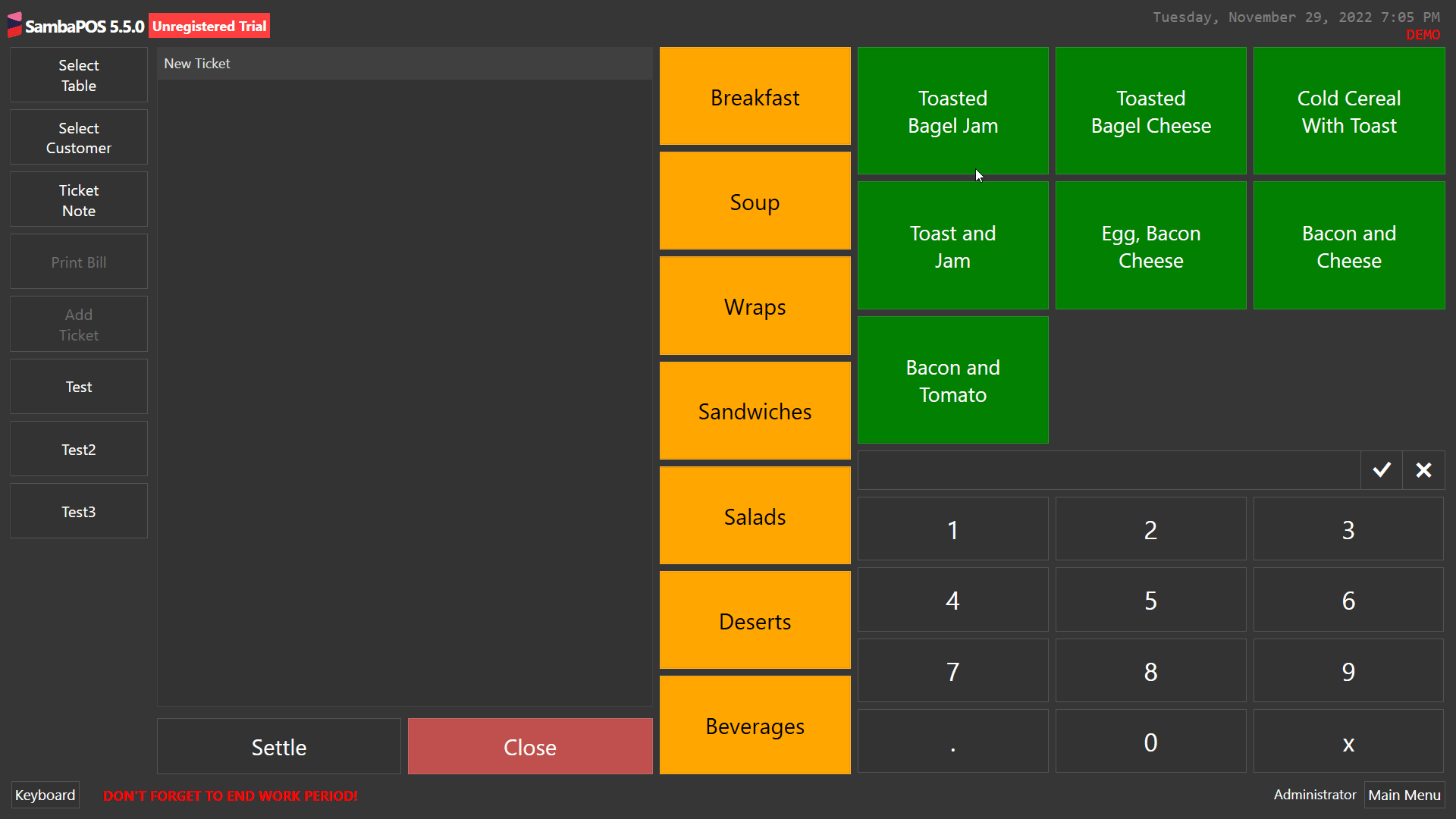Hi Team,
I hope everything is well and good. I would like to initiate a discussion on the topic of the “Refund Process” within SambaPOS. Please accept my apologies if the chosen topic tag is not entirely accurate.
In reference to the following discussions on the SambaPOS forum:
I have observed that @Jesse has implemented an accounting system that issues new “Refund” tickets to customers, effectively reflecting these refunds in the “Refund” account with no interaction with the source ticket. Also, QMcKay nullifying the original sale ticket through price manipulation. While these approaches may have there merits, it is essential to consider the intricacies of accounting and data auditing as well as over refunding auditing when handling refunds.
From an accounting perspective, a refund process should adhere to certain guidelines:
- A refund must reference its source sale ticket or invoice.
- The refund amount must be equal to the price of the source sale ticket or invoice.
- Refunds should not retroactively impact prior financial statements or closed records.
- Liabilities and expenses should consistently align within the same financial reporting cycle.
- Affected source sale tickets or invoices must be appropriately tagged to reference the refund ticket.
Specifically, the source ticket must bear a distinct stamp that references the refunded ticket. For example:
x1 Item Name Refunded - RF05688 ---> {Refunded Ticket No} $6.99
From an accounting perspective, the $6.99 refund amount represents revenue received at the time of sale. This financial transaction can be traced through its history, illustrating how this revenue contributed to various financial activities, such as inventory purchases and potential returns, including factors like VAT (Value Added Tax).
Therefore, eliminating this transaction entirely (by reverting it to zero, altering the price or quantity) constitutes an incorrect financial practice. Instead, a valid approach is to link the refunded item with its corresponding “refund ticket.”
In this process, a new refund ticket is generated, timestamped with the date and time of the refund, and reflects a total refund amount of -$6.99, even if the item’s price has subsequently changed (either higher or lower).This affects the current drawer revenue. This refund ticket should reference the source sale ticket or invoice number and should possess a unique identifier with a designated prefix, such as “RF05688.”
For example:
-------REFUND--------
------RF05688---------
x1 Item Name Ticket- S846841 ---> {Source Ticket No} -$6.99
I believe this discussion will further our understanding of the operational and financial side of SambaPOS and will contribute to it’s development.
Thank you, and I look forward to your valuable insights and contributions to this discussion.
Stay Safe! ![]()
